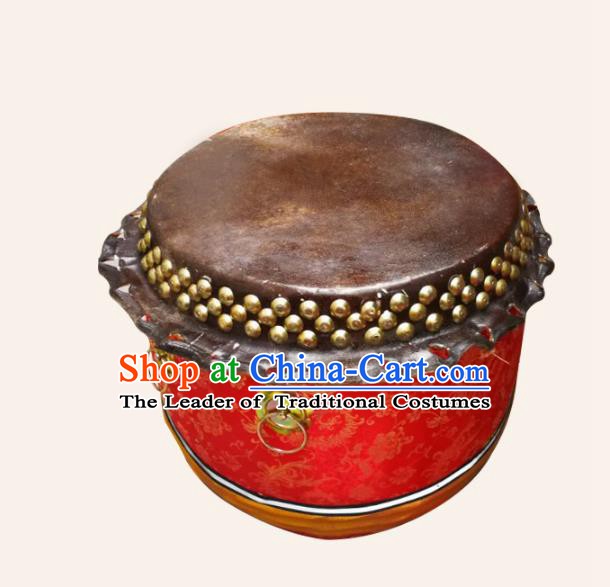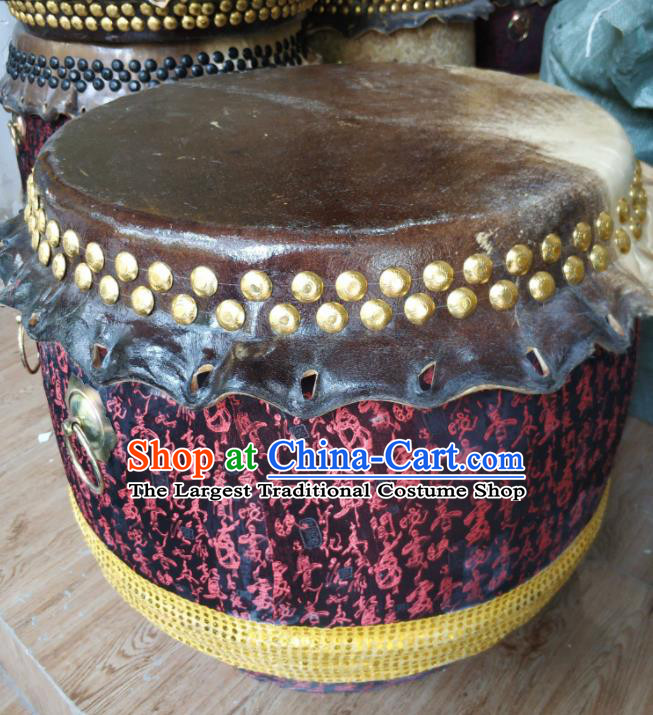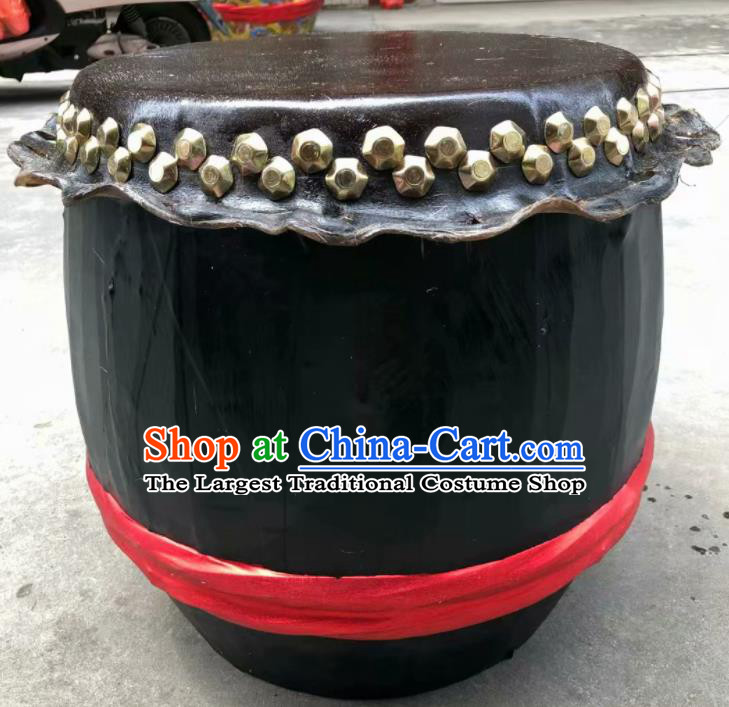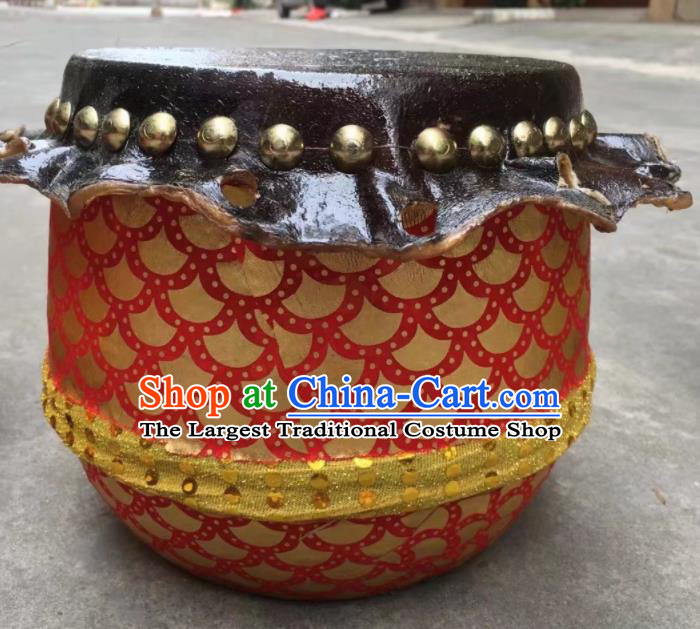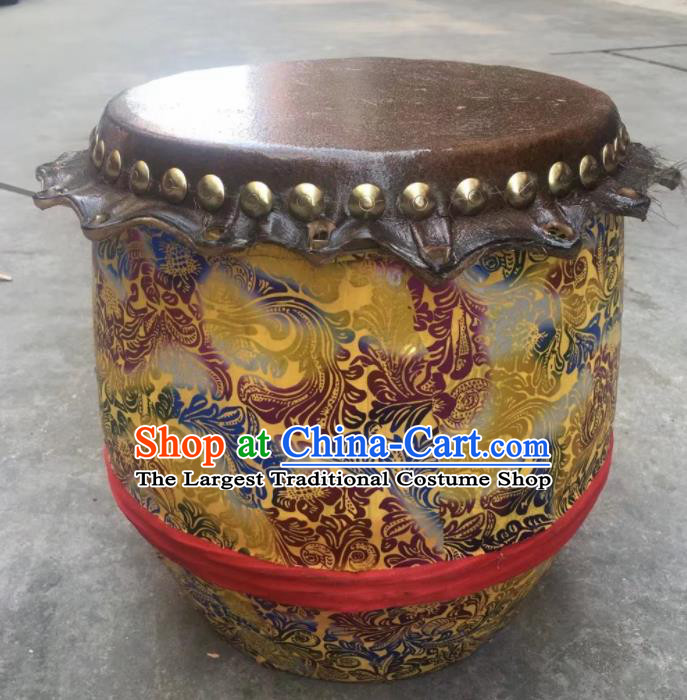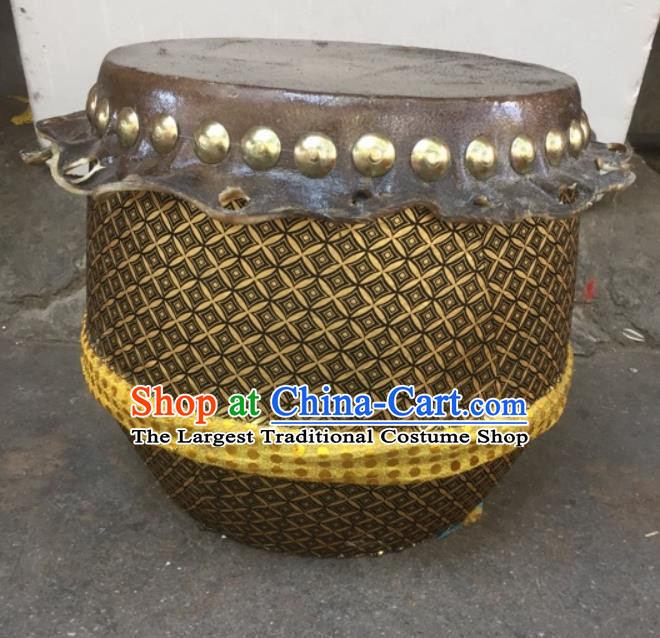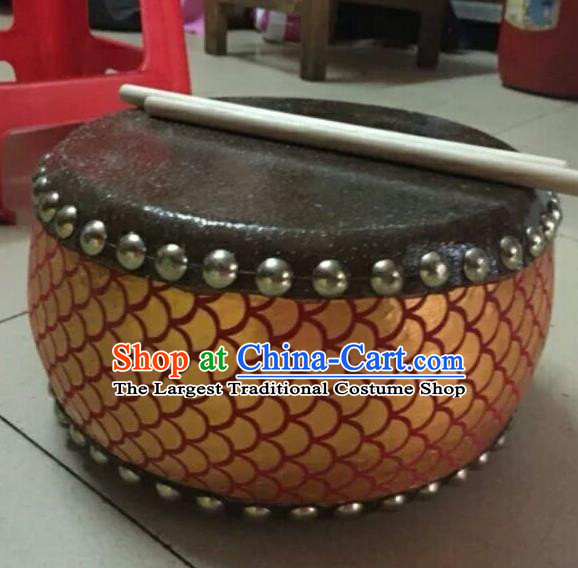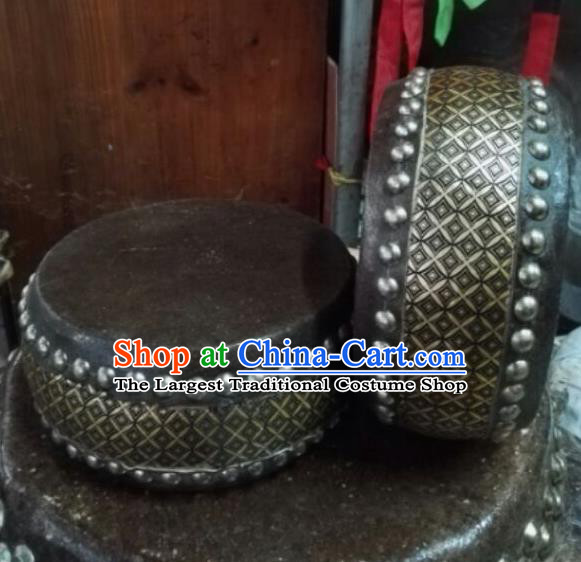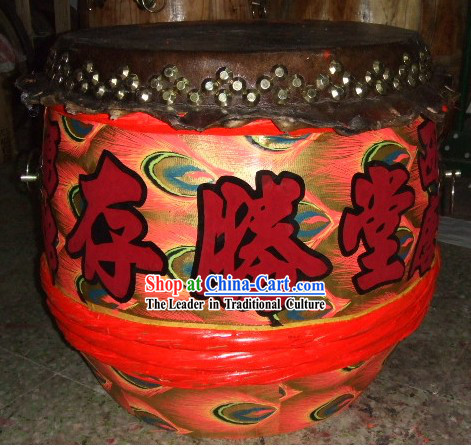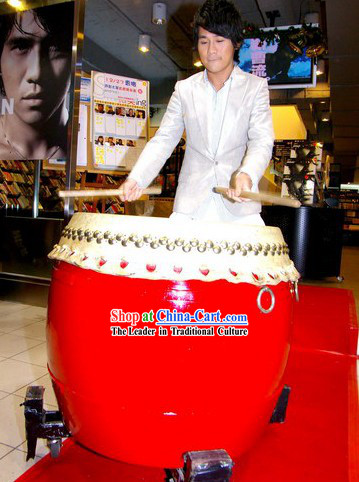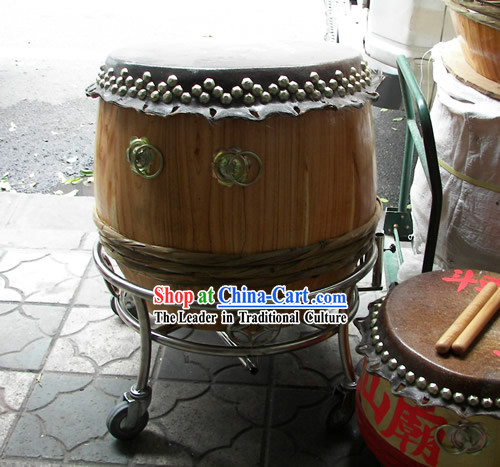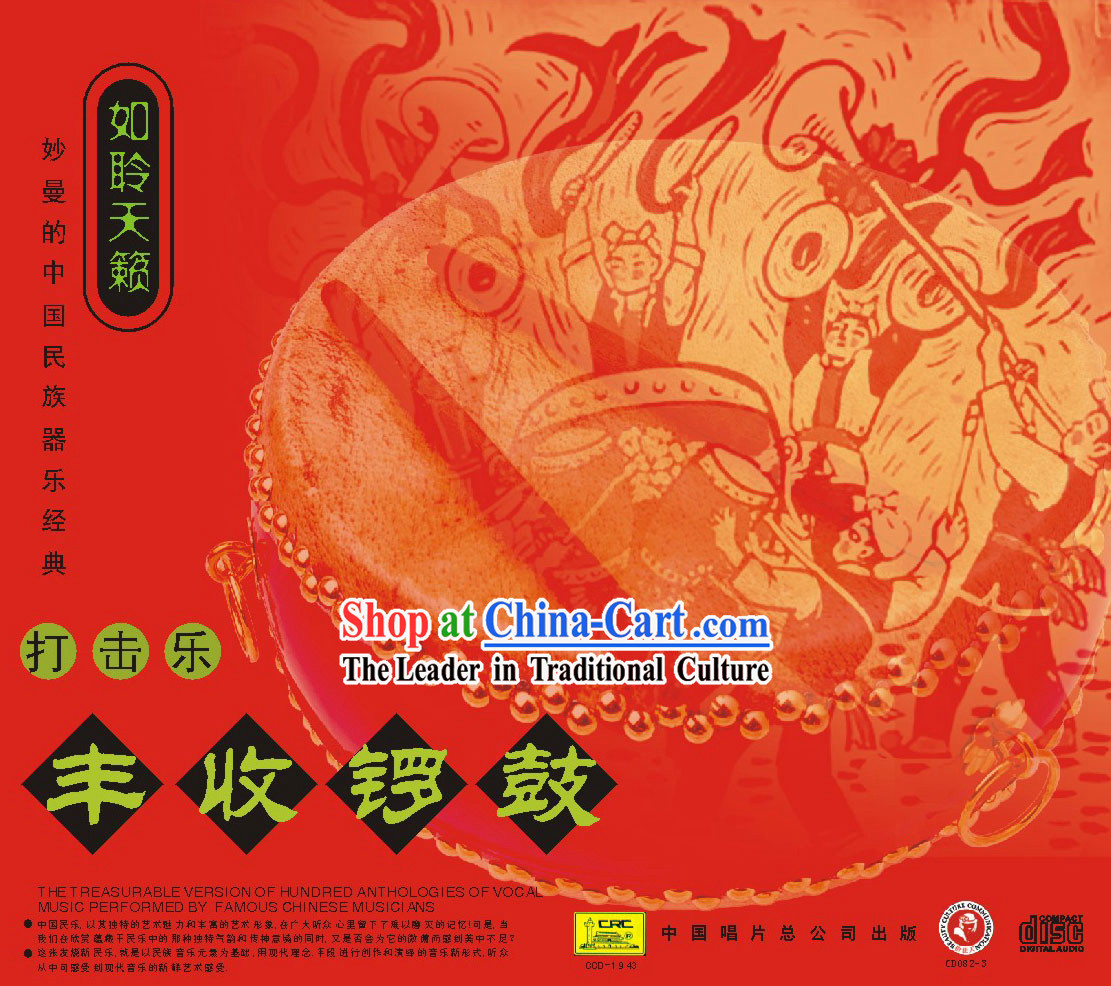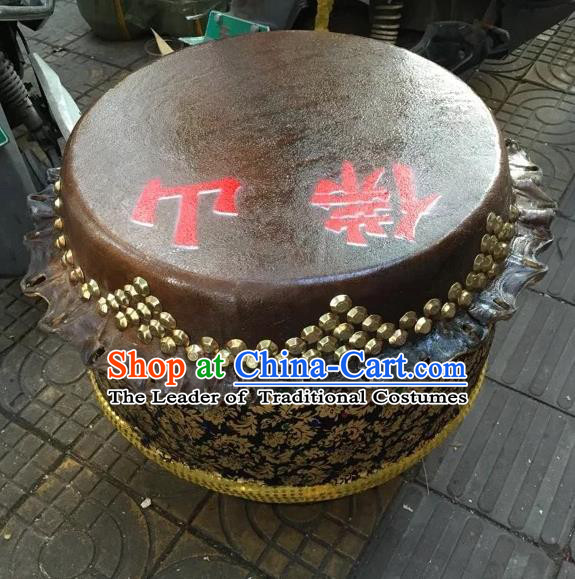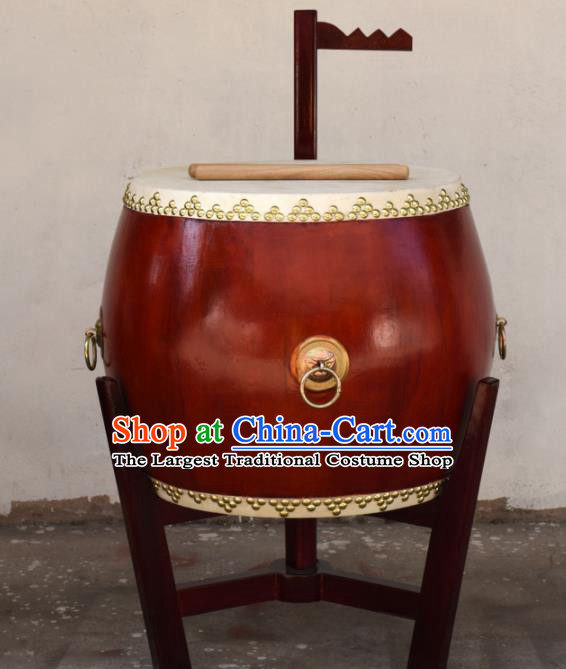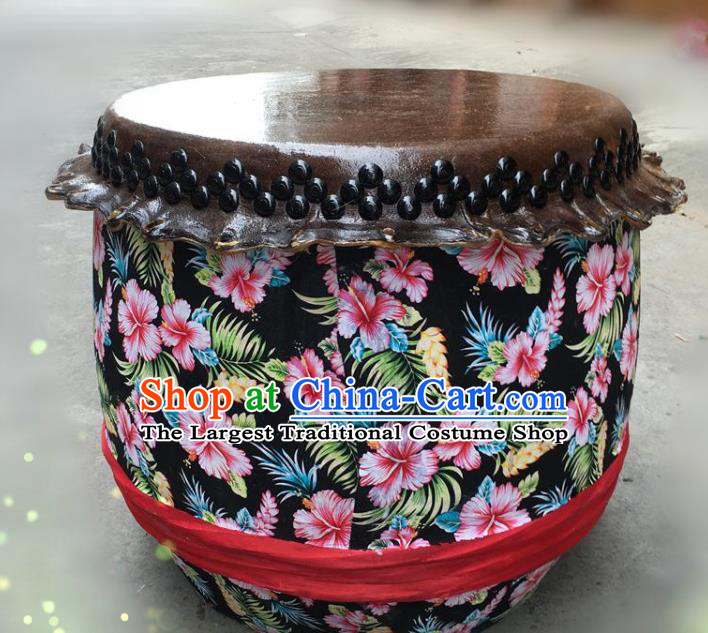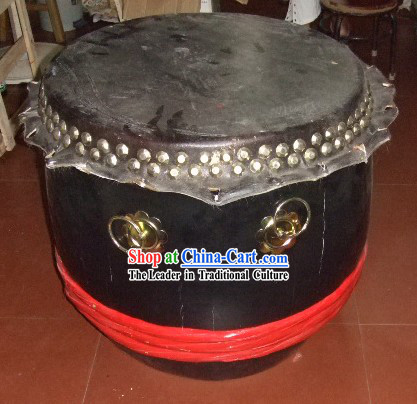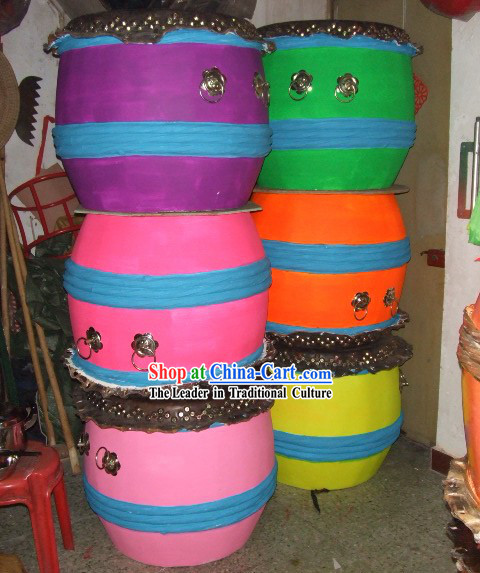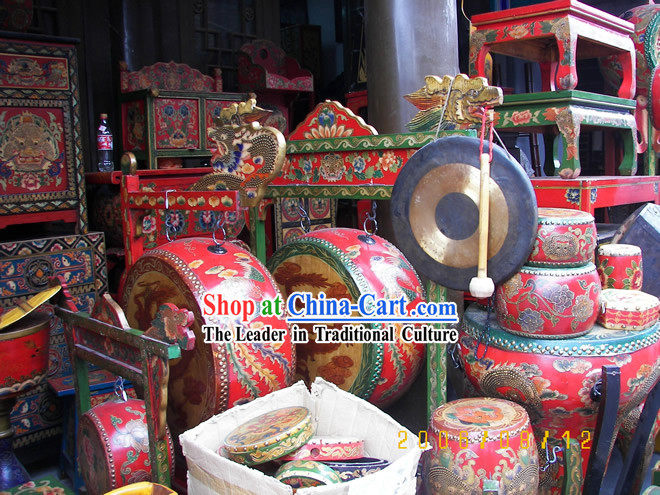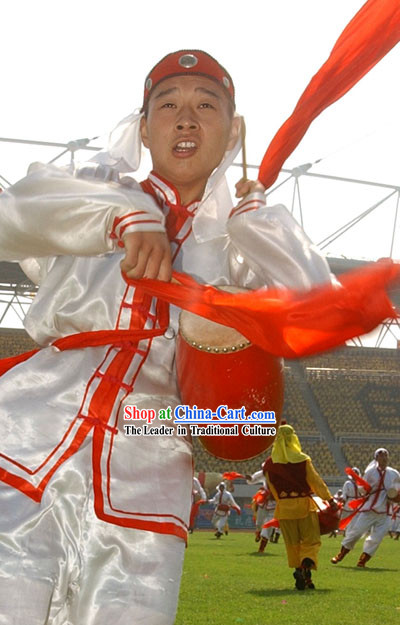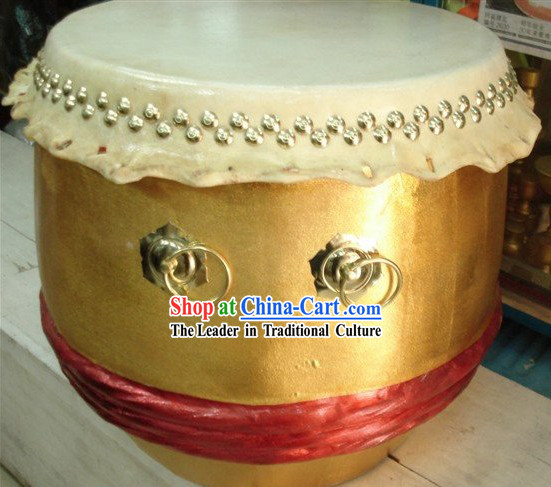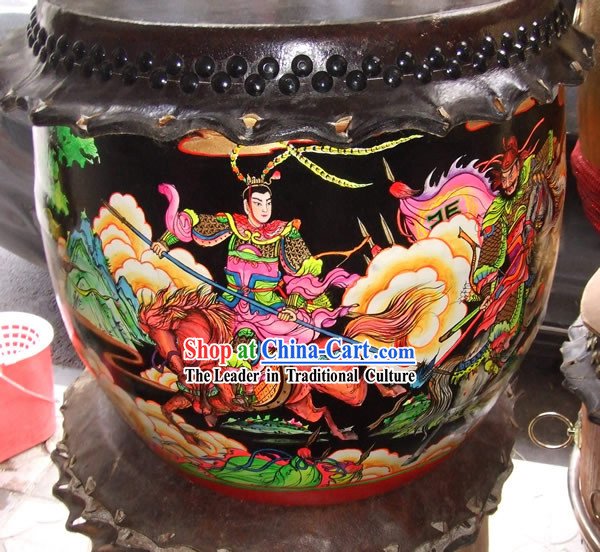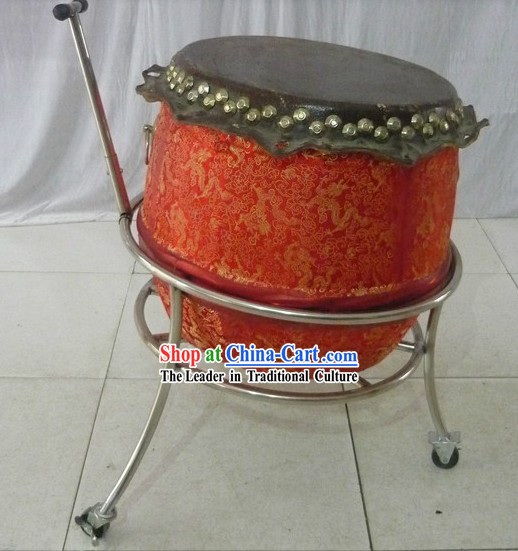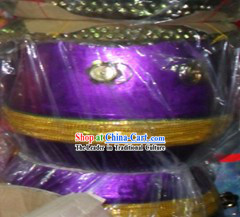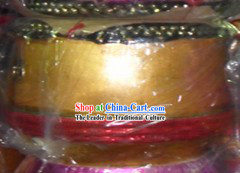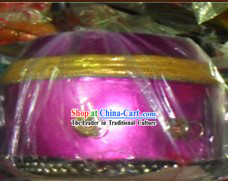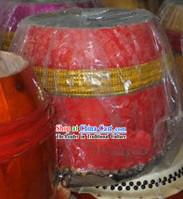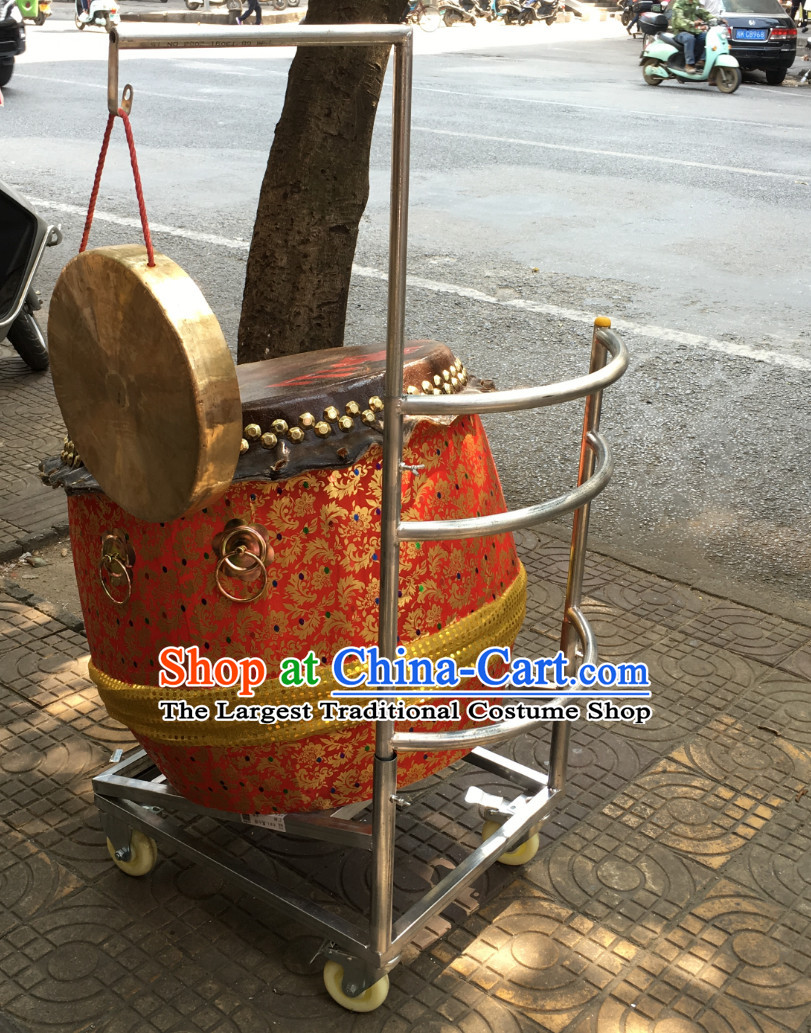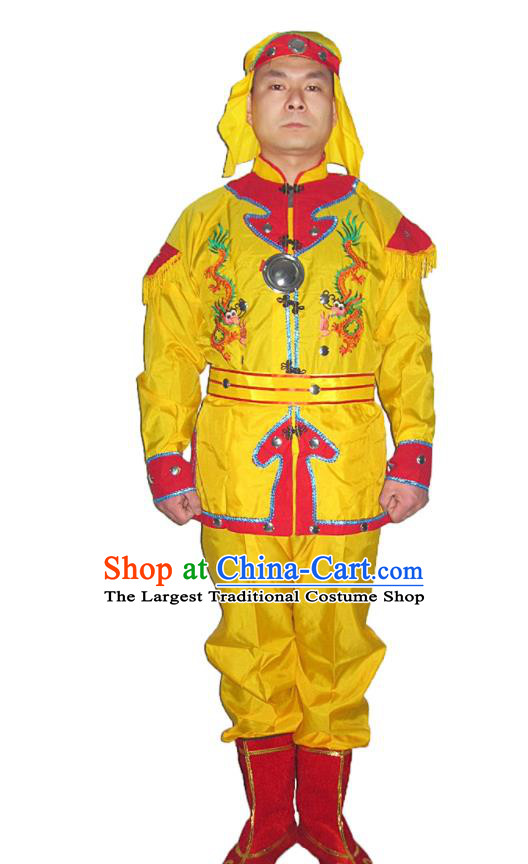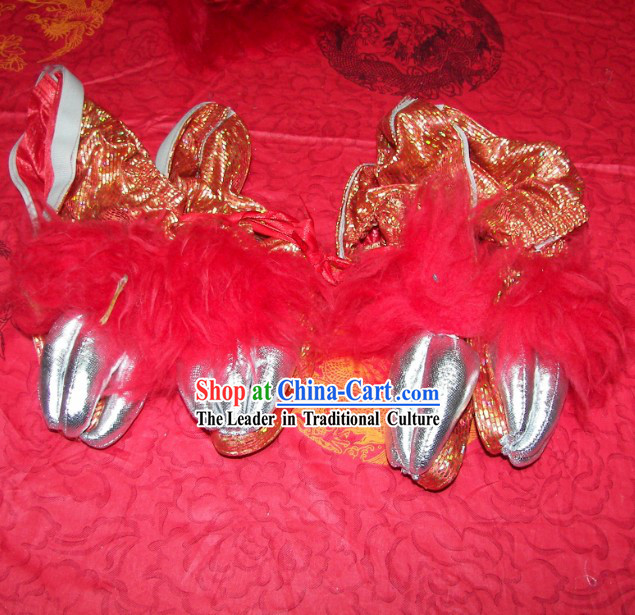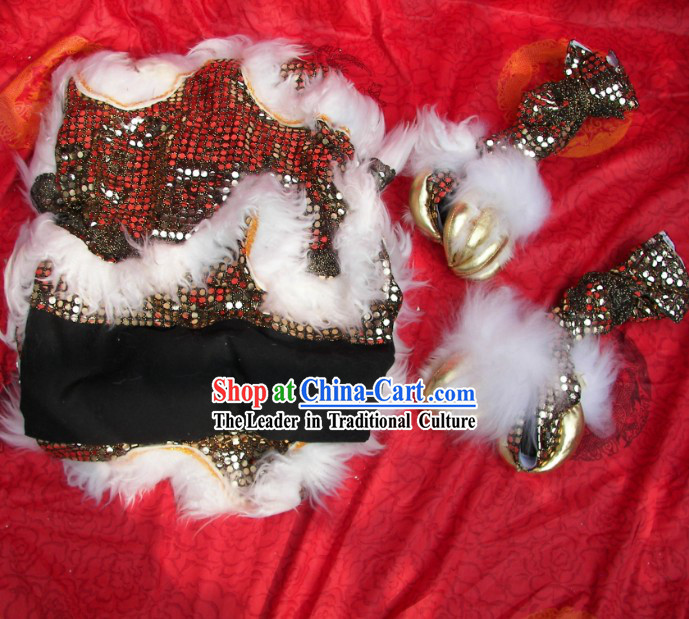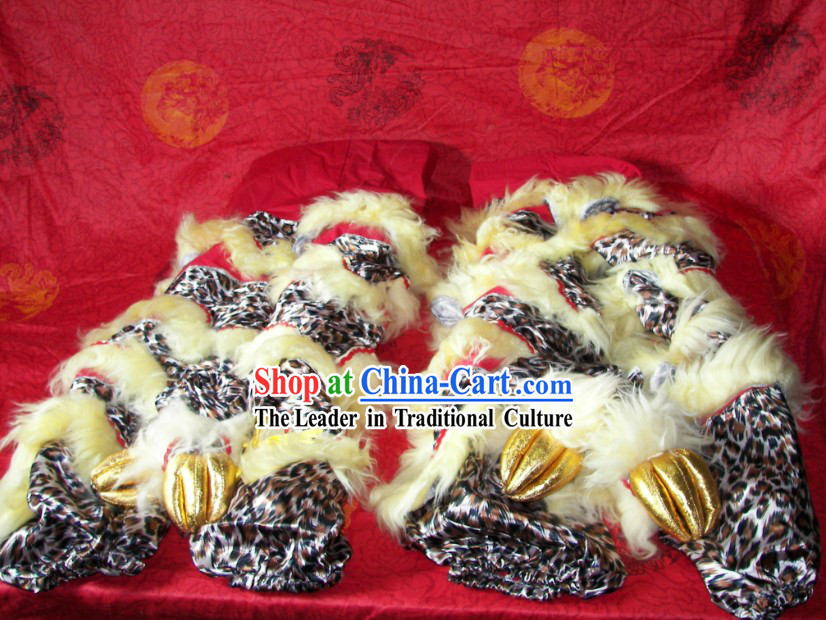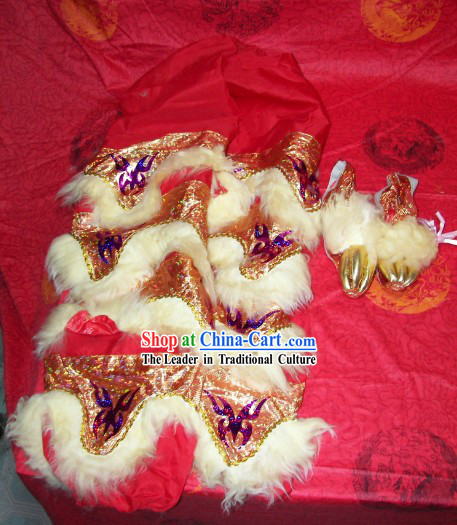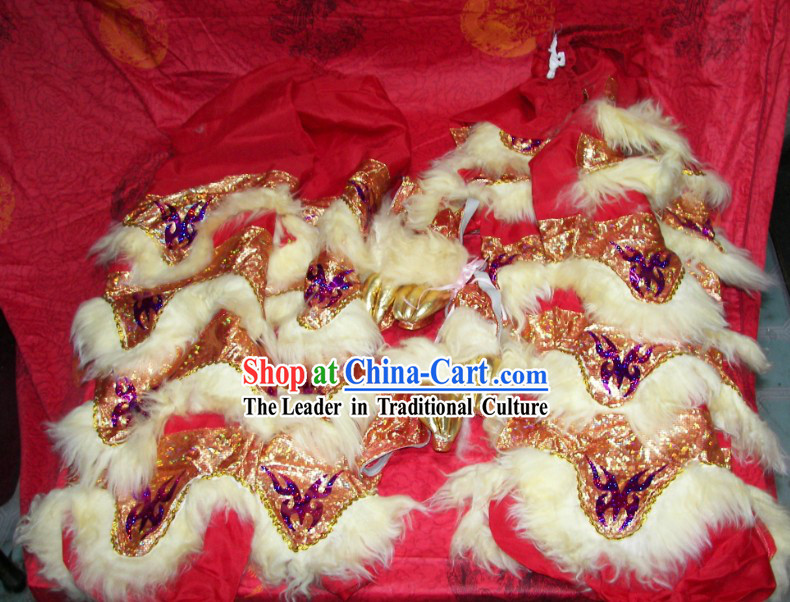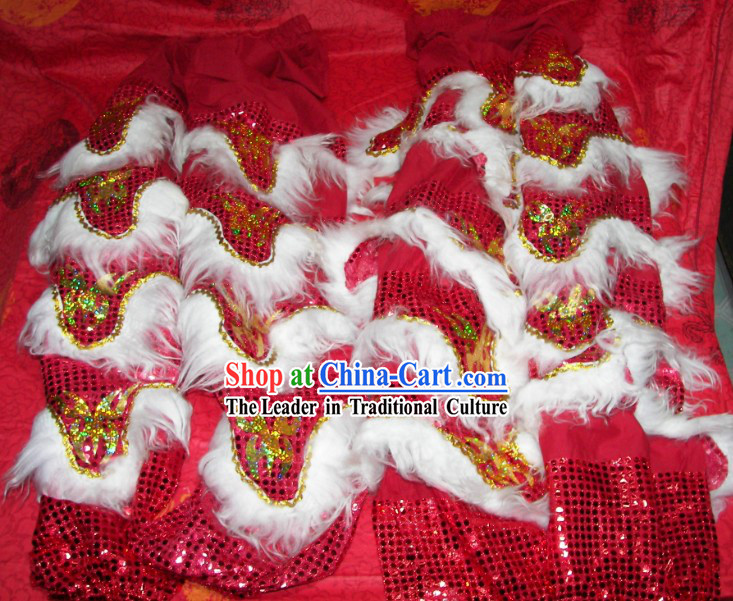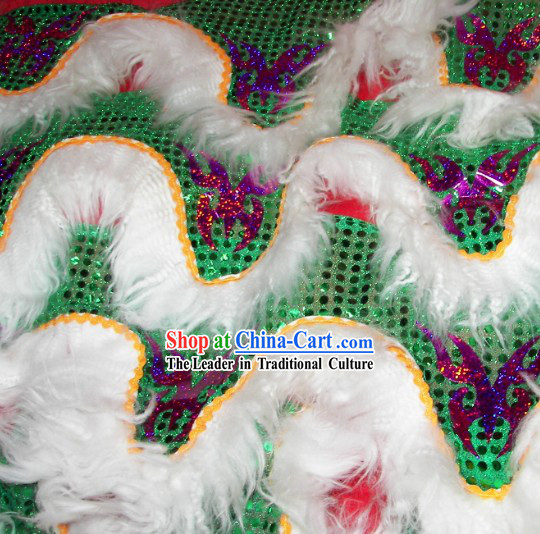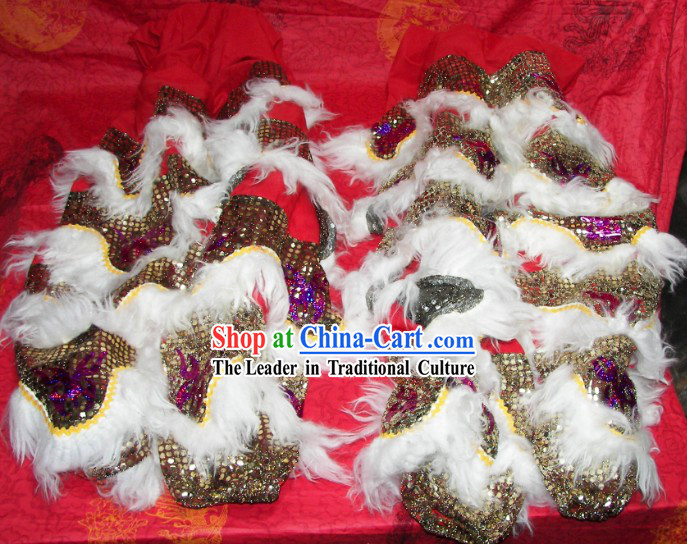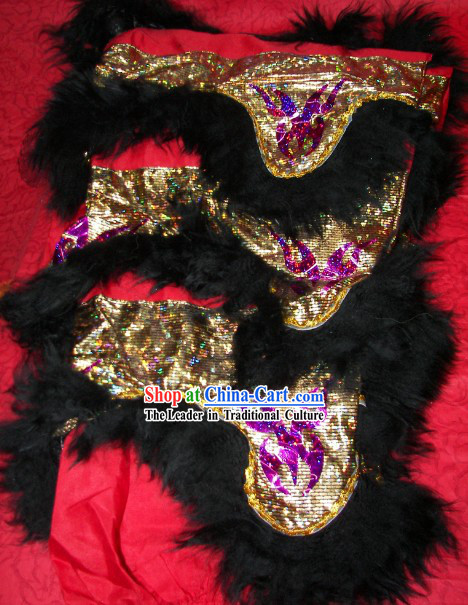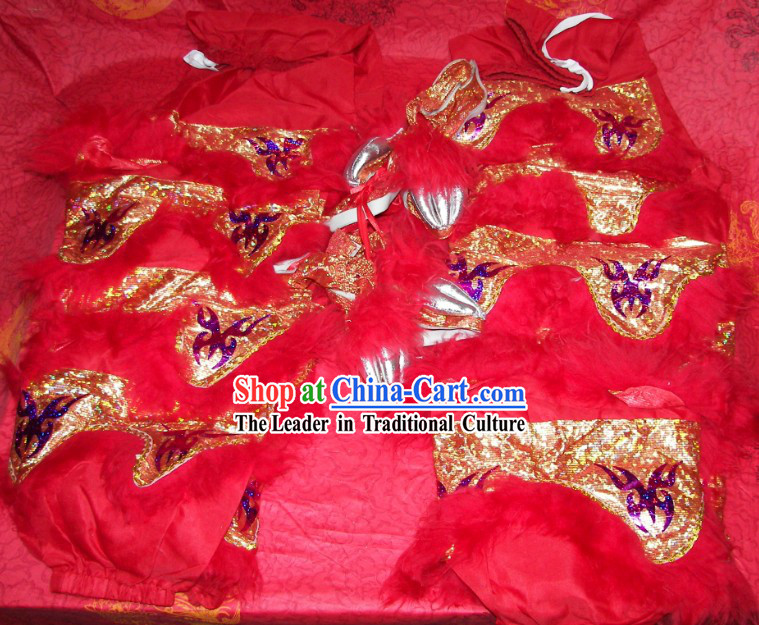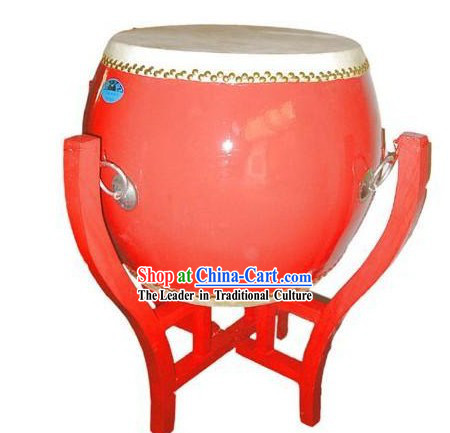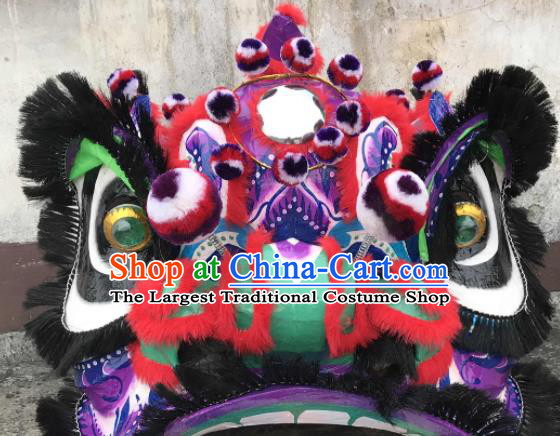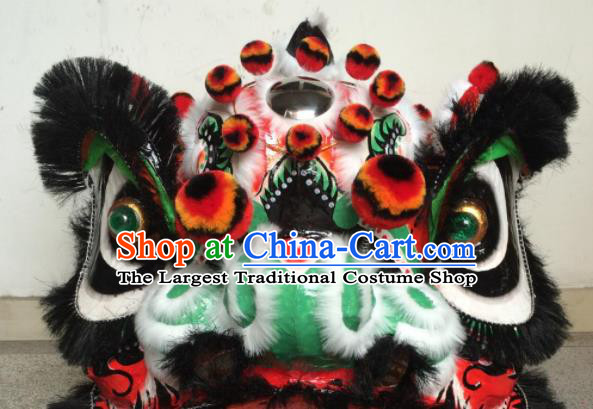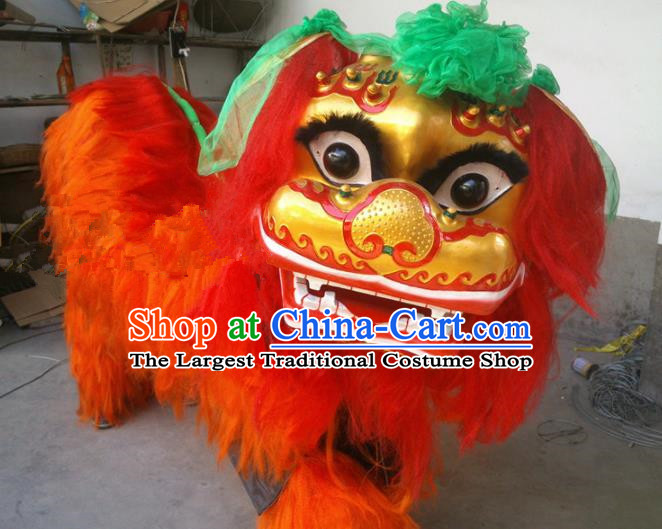
Click Related Pictures for More Audios:
The lion drum is a percussion instrument in traditional Chinese music, with a long history and rich cultural connotations.
In ancient times, the lion drum was an essential instrument in the army, used to boost morale and convey commands.
Today, it has become one of the representatives of Chinese traditional culture and is widely used in various occasions such as celebrations, performances, and competitions.
In modern society, the lion drum has also become a popular form of art.
Many young people enjoy learning to play the lion drum and incorporating it into their lives.
Through practicing the lion drum, they not only exercise their bodies but also experience the charm of Chinese traditional culture.
At the same time, the lion drum has become a way of cultural exchange, allowing people from different countries to understand and appreciate Chinese traditional culture.
In addition to being an art form, the lion drum also has profound cultural historical background and significance.
In traditional Chinese culture, the lion is seen as a symbol of bravery and might, while the drum is a tool for conveying information and boosting morale.
Therefore, the appearance of the lion drum means the arrival of courage and strength.
In ancient wars, soldiers would use the lion drum to boost morale and improve combat effectiveness.
In modern society, the lion drum has become a medium for expressing emotions and conveying information.
Whether in celebrations, performances, or competitions, the lion drum can stimulate people's enthusiasm and passion, creating a pleasant and superior living atmosphere.
In conclusion, as an important part of Chinese traditional culture, the lion drum has rich spiritual and cultural connotations and historical significance.
It is not only an art form but also a cultural symbol and means of communication.
By learning and appreciating the lion drum, we can better understand and inherit Chinese traditional culture while experiencing the beautiful emotions and attitudes it embodies.
